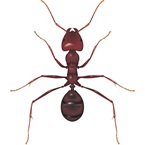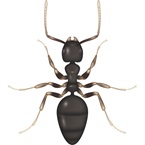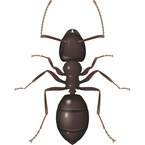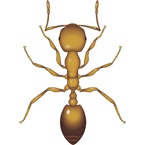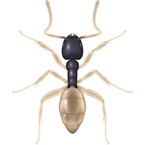Species category: Ant
Scientific Name: Solenopsis invicta
Family: Formicidae
Description
The Fire Ant has a copper brown head and darker, reddish-brown body. The average worker ant reaches 2-6mm in length and it has strong mandibles with 4-5 distinct teeth. It has a distinguishing 2-part pedicel and its body is covered in numerous erect hairs.
Behaviour
Often congregating in massive colonies, this pest is small but incredibly aggressive and considered one of the most hostile of all ant species. Under threat of attack, they will launch a coordinated attack on their victim.
Colonies can have single or multiple queens and they can reproduce at a very fast rate. Their diet is generally organic matter but they will also invade the home looking for sweet products or other protein-rich foods.
Region
It is widely spread in Malaysia, Singapore and Brunei.
Habitat
Typically, they build their nest underground in mounds. The mounds are found in lawns or disrupting turf and have no obvious opening at the top. The Fire Ant is often discovered when someone inadvertently steps on a mound and they launch an attack.
Risks
Most feared for the painful attack launched when threatened, the Fire Ant has a persistent sting that leaves a white pustule. Even though they bite, it is the venom of the sting that causes the residual pain and pustule.
Under attack, they emit pheromones which prompt other members of the colony to launch a synchronized attack. A multiple attack is incredibly painful and some victims can suffer an allergic reaction.
The mounds can also be a nuisance, disrupting root growth and disturbing plant formation which can result in lower yield crops and patchy turf growth.

